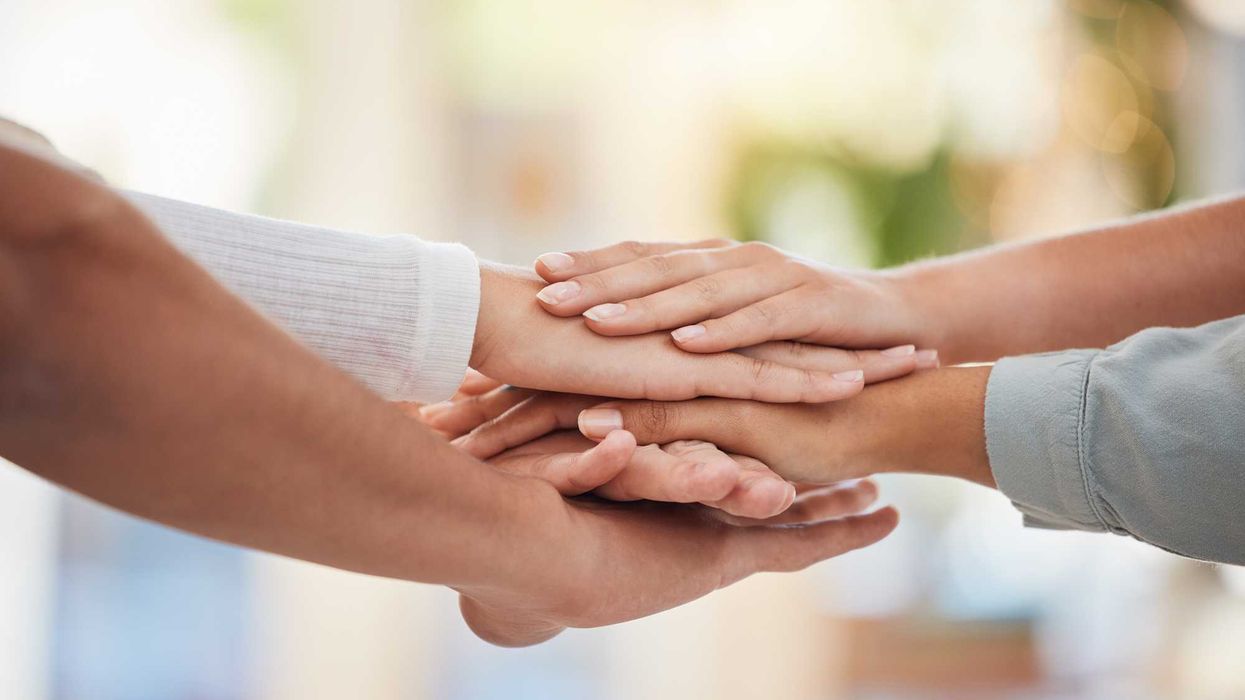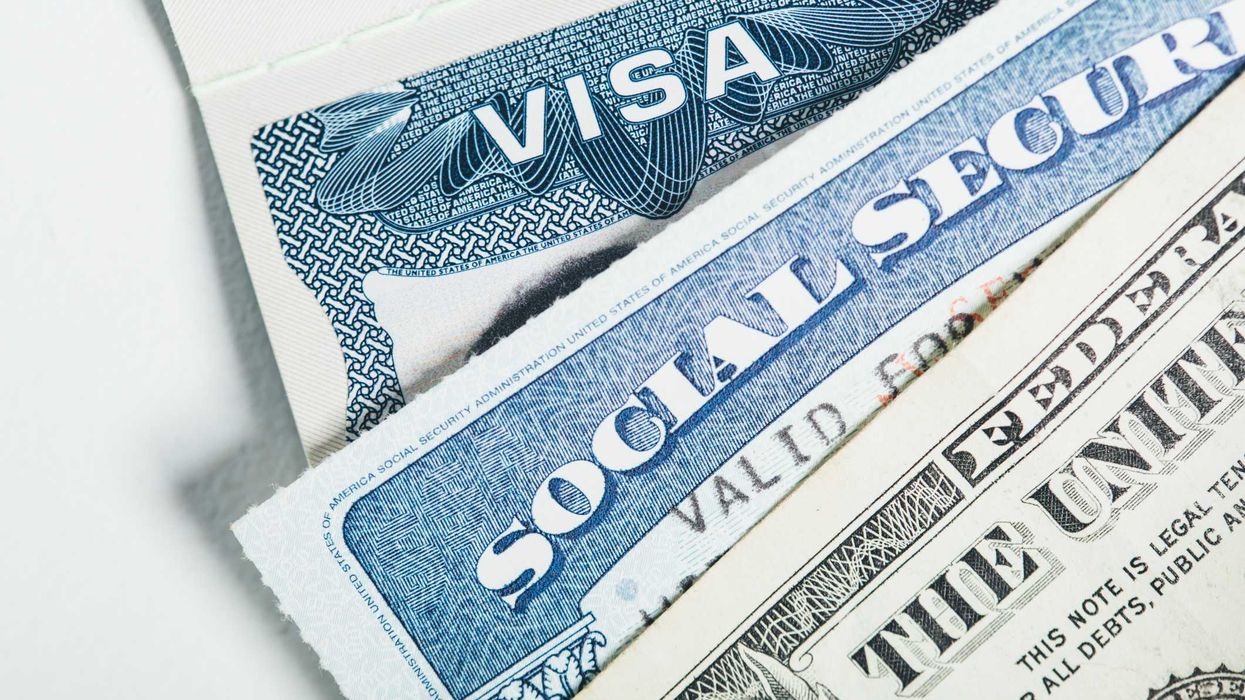Not long after U.S. housing prices reached a record high this summer – the median existing home went for US$435,000 in June – President Donald Trump said that he was considering a plan to make home sales tax-free.
Supporters of the idea, introduced by U.S. Rep. Marjorie Taylor Greene as the No Tax on Home Sales Act in July, say it would benefit working families by eliminating all taxes on the sales of family homes.
But most Americans who sell their homes already do so tax-free. And the households that would gain most under Trump’s proposals are those with the most valuable real estate.
As a legal scholar who studies how taxes affect racial and economic inequality, I see this proposal as part of a familiar pattern: measures advertised as relief for ordinary families that mostly benefit the well-off.
Most families already sell their homes tax-free
Right now, according to the Internal Revenue Code, a single person pays no tax on the first $250,000 in gain from a home sale, while married people can exclude $500,000. All told, about 90% of home sales generate less than $500,000 in gains, so the overwhelming majority of sellers already owe no tax.
The minority who would see new benefits from the proposed tax change are those with more than $500,000 in appreciation – typically owners of high-priced homes in hot real estate markets. Yale’s Budget Lab estimated the average benefit for these tax-free sales was $100,000 per qualifying seller.
Homeownership itself isn’t equally distributed across the U.S. population. About 44% of Black Americans are homeowners, compared with 74% of white Americans. That racial gap has only widened over the past 10 years. Similarly, single women – particularly but not exclusively women of color – face additional barriers.
A broader trend of upward wealth transference
Though still just a proposal, the tax-free home sales bill is part of a broader set of Republican tax plans that would have regressive effects – that is, where the vast majority of benefits go to high-income people and very few to low-income people – under a pro-worker banner.
Trump floated the tax-free home sales idea less than three weeks after he signed a large package of tax and spending measures in July 2025. That bill generated strong public criticism because of its emphasis on tax savings for the rich at the expense of almost a trillion dollars in cuts for federally funded health care for the poor and disabled.
The home sales idea follows the same script – and echoes the distributional pattern established by his 2017 Tax Cuts and Jobs Act. That tax reform increased racial wealth and income disparities and provided 80% of its benefits to corporations and high-income individuals. In fact, my research shows that white households received more than twice as many tax cuts as Black households from that law.
The same dynamic plays out in this new tax-fueled housing policy. Eliminating capital gains taxes on home sales would primarily benefit the 29 million homeowners who already have substantial equity – a group that skews heavily white, male and upper middle class. Meanwhile, America’s millions of renters, disproportionately people of color and women, would receive no benefit while potentially losing access to social programs Congress must cut to fund these tax breaks.
Ending taxes on home sales would benefit the wealthiest households most – part of a larger pattern in Trump tax plans was first published on The Conversation and re-published with permission.
Beverly Moran is a senior fellow at the Roosevelt Institute, and Paulus Endowment senior tax fellow at Boston College.



















